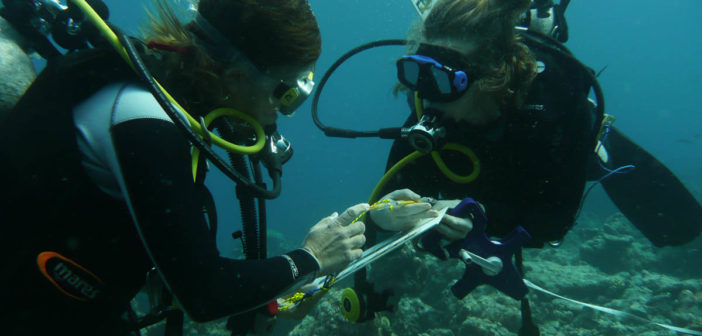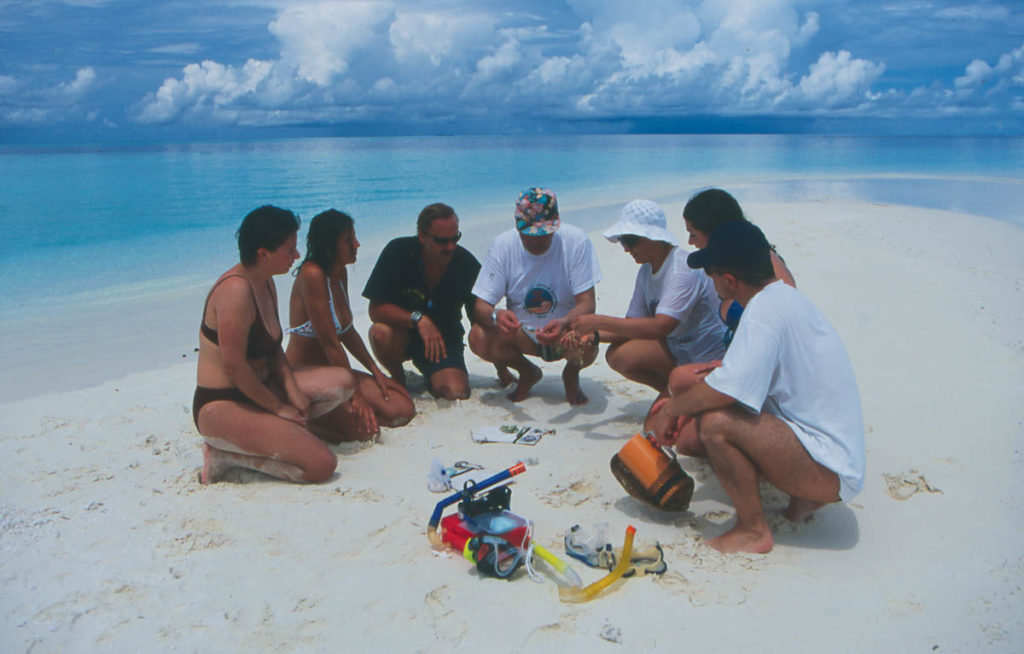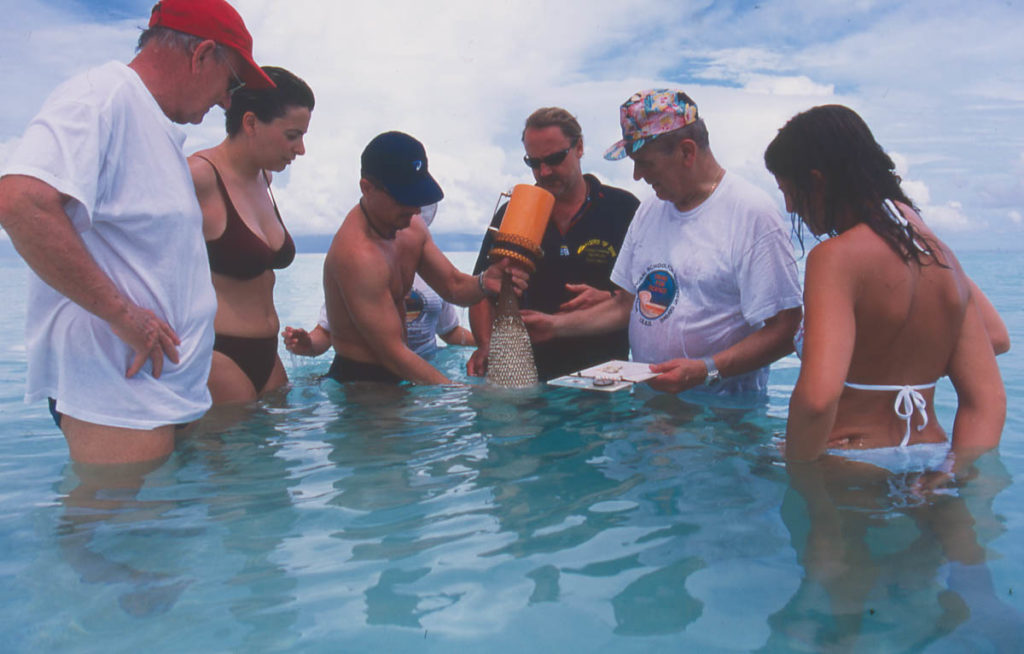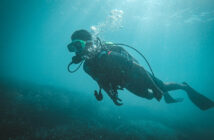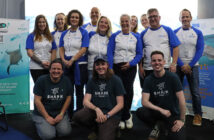RESEARCH ACTIVITIES CARRIED OUT DURING THE 22nd SCIENTIFIC CRUISE MALDIVES (SCM 2019)
During 1998 the Maldivian coral reefs have been affected by a massive bleaching event, with consequent mass mortality of corals, due to thermal anomalies that occurred at the global scale throughout the tropical region.
In 2004 the same Maldivian reefs were hit by the disastrous Sumatra tsunami. In April 2016, a new thermal anomaly hit the Maldives, with surface water temperatures among the warmest ever recorded before (2-3 °C above the seasonal average), which maintained for several weeks and causing widespread coral bleaching and mass mortality.
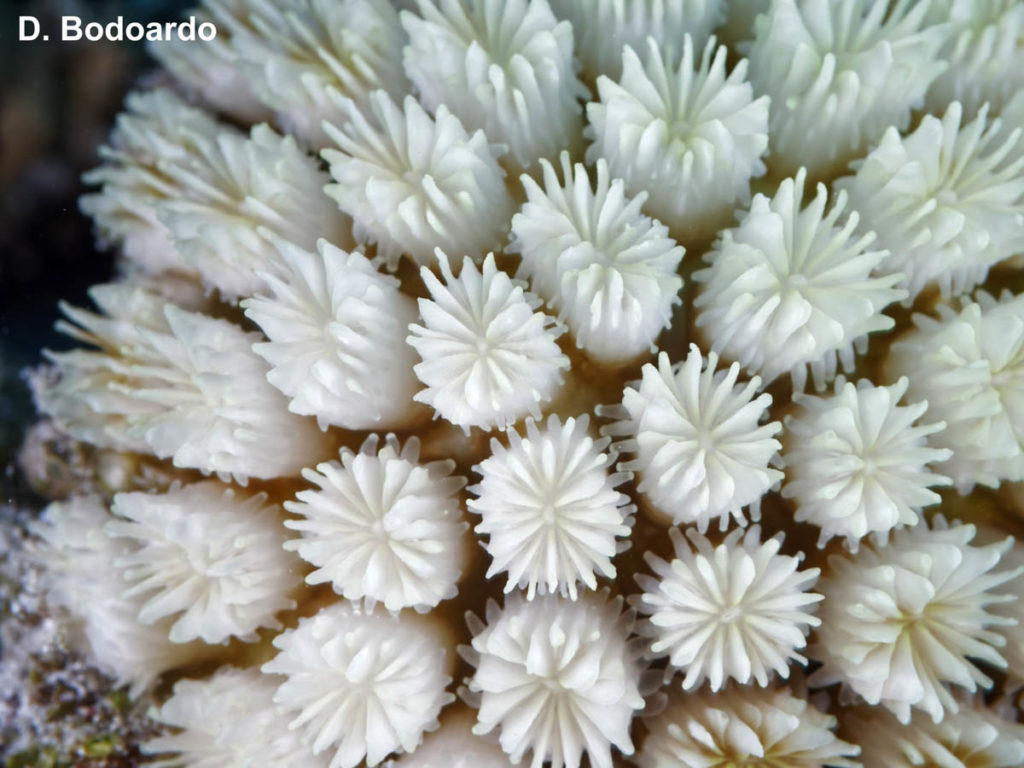
Since 1997, professors and researchers of the University of Genoa (members of the International School for Scientific Diving -ISSD-, and teachers in the training courses for underwater scientific divers issued by ISSD), have regularly conducted monitoring campaigns of the state of the Maldivian reefs during the Scientific Cruise in the Maldives (SCM), organized every year in the months of April-May. At these cruises, researchers from other universities and scientific institutes, both Italian and foreign, also attended.
The collection of a continuous series of data on coral reef communities during the SCMs allowed an assessment of their status before, during and after these unexpected events that led to massive coral mortality (Fig. 1 and Fig. 2). The historical series of data collected (23 years) also makes it possible to assess the recovery capacity of coral reefs over time. The recovery of coral communities began immediately after 1998, thanks to the high rate of coral recruitment and the rapid growth of colonies. This recovery was still in progress when the Sumatra tsunami hit the Maldivian atolls; however, monitoring activities in the following years showed no much damage to reefs but only a slight impact on the communities linked to this event. In the following years it was possible to observe a slow, but continuous, recovery of the Maldivian coral reefs which, in 2014, after 16 years from the first massive bleaching event, had reached again in many of the monitored sites cover values of hard corals comparable to the original values registered before 1998 (i.e., 60-80% coverage). During the 2016 cruise, in most of the monitored sites, massive bleaching phenomena and many coral mortality episodes have been recorded once again (Fig. 1). Branching corals (including the large tabular Acropora, most of which had already died), especially at shallow depths (between 3-10 m), were the most affected, while massive corals mostly suffered partial mortality. Some reefs, however, have been less affected by the anomaly (Fig. 1). In 2017, almost a total mortality of large branching and tabular corals in the lagoon reefs has been detected at shallow depths, while in ocean reefs massive corals and other branching corals of smaller size, such as the species belonging to the genus Pocilloporathat mainly characterize these outer reefs, showed lower mortality maintaining an average hard coral cover of about 40% (Fig. 1). In 2018 and 2019, the monitored reefs showed a gradual increase in the coverage of hard corals (Fig. 2).
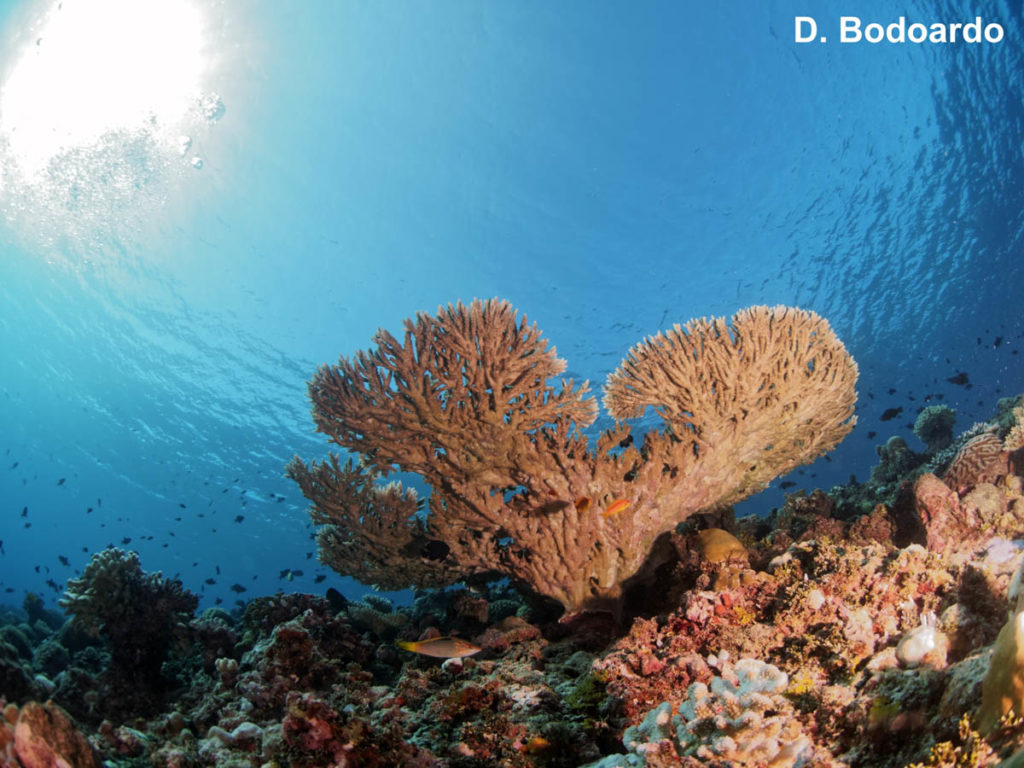
Activities carried out during the SCM 2019
The 22nd Scientific Cruise in the Maldives (SCM2019), organized by ISSD and Albatros Top Boat, took place from the 5th to the 13th of May 2019, along the atolls of Malé Nord, Malé Sud, and Ari. The cruise was attended by researchers from the University of Genoa (Monica Montefalcone), undergraduate and graduate students of the University of Genoa (Alice Oprandi, Stefano Aicardi, Carolina Di Napoli, Olivia Cassetti, Annalisa Azzola, Ilaria Mancini, Anna Berca, Ada Bandi, Giulia Ciriello, Elena Castelli, Luca Caminiti, Stefano Pedone, Manuel Donati, Igor Terrarossa, Giorgio Montoli), graduate students of the Polytechnic University of Marche (Irene Pancrazi, Camilla Roveta), students of the University of Aix-Marseille in France (Margaux Pestel), and external collaborators (Chiara Momo, Nicolò Milone, Lucrezia Pietrolucci, Torcuato Pulido Mantas, Giorgia Sommacal), all ISSD members. Also this year the president of the association Save the Beach Maldives (Hassan Ahmed) participated at the cruise. During the cruise, a series of parameters characterizing the reef status at various depths have been monitored, such as the cover of biotic (corals, algae, sponges, etc.) and abiotic descriptors (rock, sand, rubble, dead coral), the number and the size of coral recruits and juveniles, the structure and geomorphology of the reefs. To evaluate the abundance of fish and macro-invertebrates on the reef, the international Reef Check protocol has beenadopted.
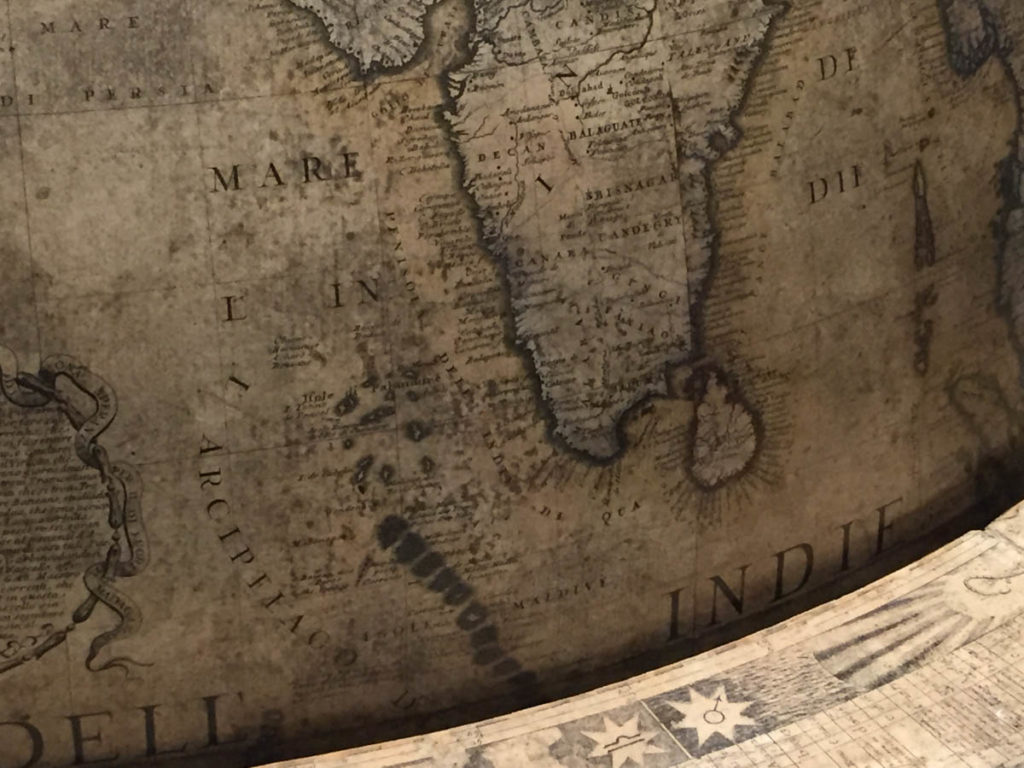
This year, moreover, two dives have been carried out inside the Blue Hole of Faanu Mudugau (in the Ari atoll), during which photographic samples have been collected along two depth transects, every 5 m starting from 75 m up to 30 m depth (Fig. 3). The same sampling design was carried out in 2003, and the comparison of the data will make it possible to evaluate changes undergone even in this peculiar environment of karstic origin, unique in the Maldives.
During the cruise, the following new research activities have also been carried out:
- Analysis of the association between hydrozoans (with particular attention at the species belonging to the genus Zanclea) and hard corals, soft corals, sponges, and bryozoans.
- Analysis of environmental DNA (eDNA) of elasmobranchs, extracted from water samples, to assess the species present in the environment.
- Photogrammetry at 5 m for the evaluation of the three-dimensionality and roughness of reefs. Finally, as we did every year, during our evenings on board, the recent research activities carried out in the Maldives and the main results obtained during the long-term monitoring have been showed to the participants. Save the Beach Maldives has also shown the awareness and environmental protection activities carried out by the association.
Conclusions
The long series of data collected during the Scientific Cruises in the Maldives (from 1997 to 2019) showed that the last thermal anomaly of 2016 has affected Maldivian coral reefs less than in the past event of 1998. This year hard corals in the lagoon reefs showed an average cover of the bottom equal to 32 ± 5%, while in the ocean reefs of 48 ± 4%, thus highlighting a, albeit slow, gradual recovery capacity over time. What we can observe today by diving in the Maldives are very different scenarios depending on the feature and typology of reefs (lagoon or oceanic) and the geographical location of the dive sites: the sites that have been strongly affected by the thermal anomaly (especially the lagoon reefs) continue to show high values (> 60%) of dead corals and of rubble (Fig. 2), while in some sites (especially in the ocean reefs) the impact was less intense and hard corals there still have high cover values (> 70%). In almost all the sites monitored during the SCM of this year (as well as in 2018) bleached juveniles corals and coral recruits were observed, signs of other repeated minor thermal anomalies that continue to affect the Maldivesduring the months of April – May, thus reducing the survival of young corals recently established on the reefs (Fig. 4). The reef fish community was abundant in all monitored sites, mainly due to the dominance of herbivorous fish, despite the decrease in the number of strictly coral fish.
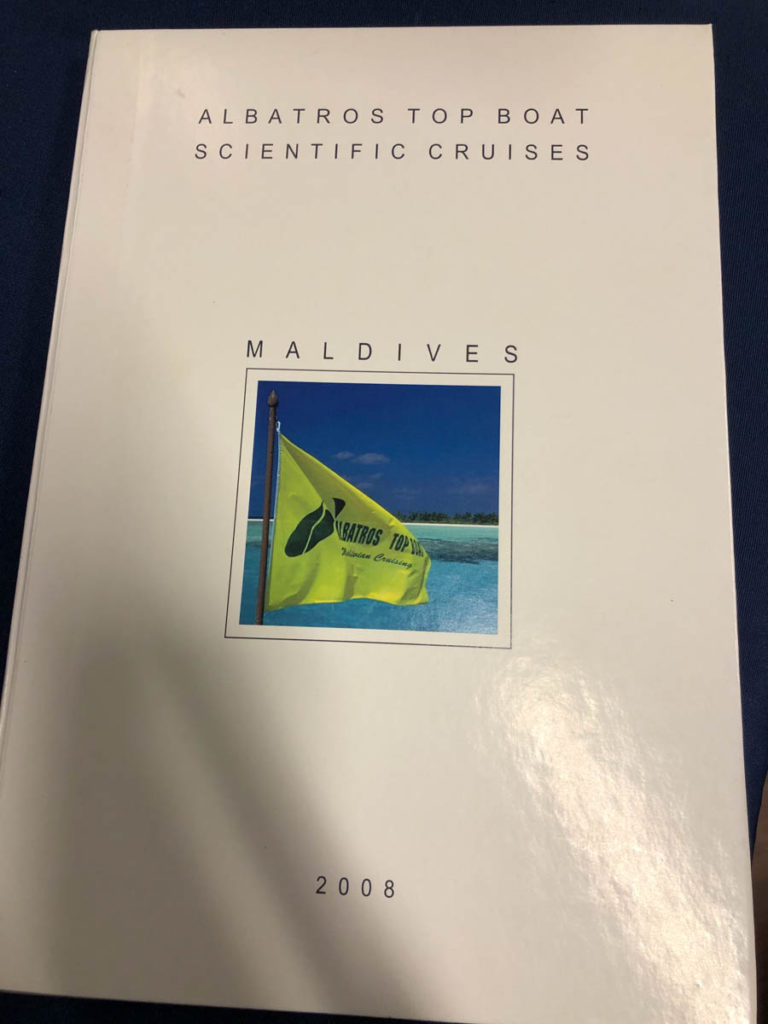
Future research activities, during the next SCMs, will be fundamental to continue monitoring the recovery capacity of the Maldivian reefs following thermal anomalies related to climate change. The collaboration established between DiSTAV, ISSD, Albatros Top Boat, and Save the Beach Maldives will also allow us increasing our knowledge of the state of the Maldivian coral reefs and encourage a greater local and international awareness on the importance of preserving the unique heritage that the Maldivian coral reefs represent.
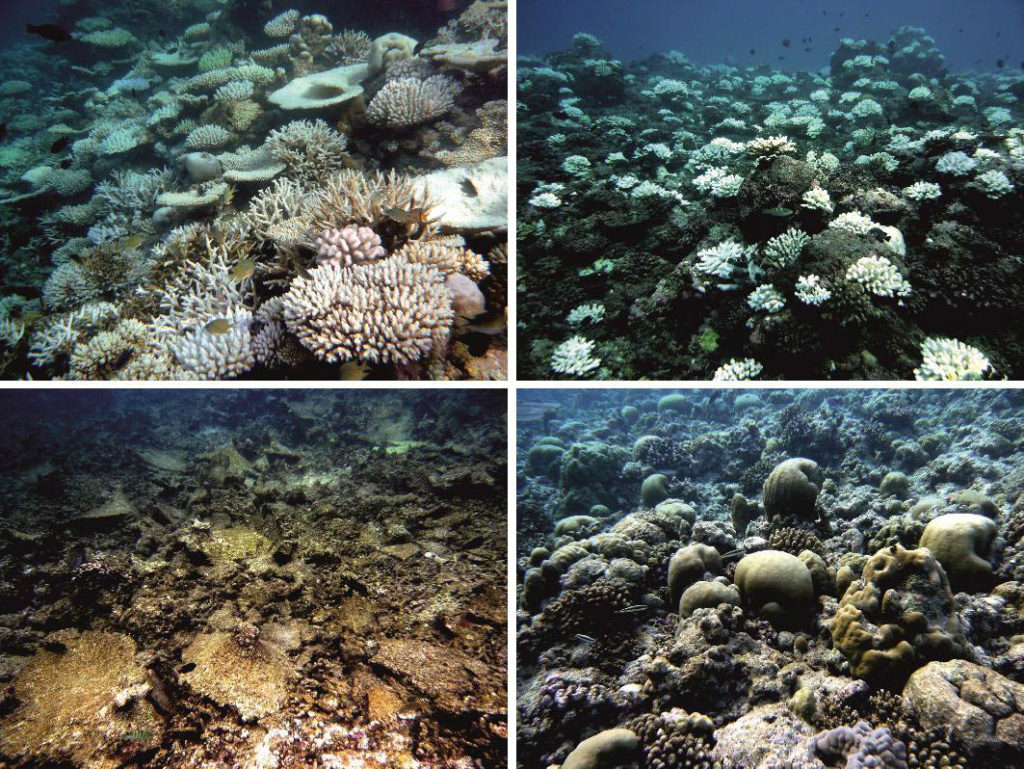
Figure 1. Top: coral bleaching detected in May 2016 on the reef flat of the Halaveli lagoon reef in the Ari atoll (left) and of the Hulumale Beyru ocean reef in the North Malé atoll (right). Bottom: massive mortality of the tabular corals in May 2017 at 5 m depth in the lagoon reef of Kubulabhi in the Ari atoll (left), and massive and branching corals that survived in 2018 in the ocean reef of Kashavaru Falhu Beyru in the Felidhoo atoll.
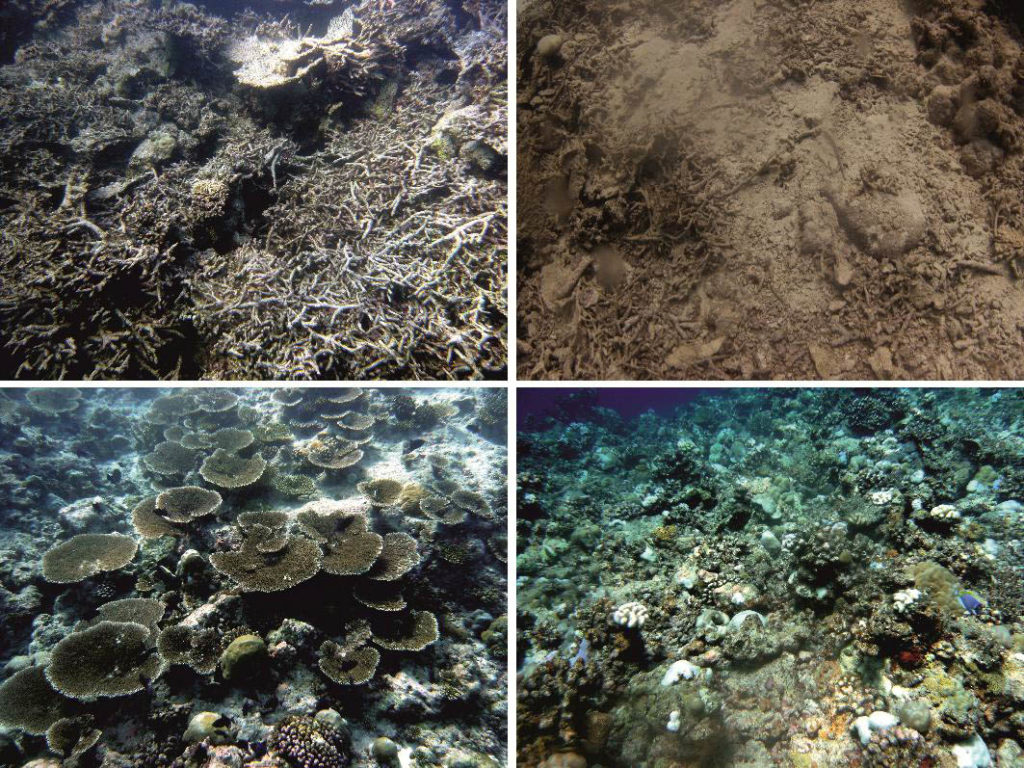
Figure 2. Reef monitored in May 2019. Top: Maavaru Faru Etere (left) and Kubulabhi (right) lagoon reefs in Ari atoll. Bottom: ocean reefs of Maavaru Faru Beyru (left) in the Ari atoll, and Kandhooma Beyru (right) in the South Malé atoll.

Figure 3. Photographic samples collected in the Blue Hole of Faanu Mudugau (Ari atoll). Top: encrusting autotrophs in 2003 (left) and how the wall appears in 2019 (right), at a depth of 50 m. Bottom: filaments of bacteria at about 65 m in 2003 (left) and in 2019 (right).

Figure 4. Consequences of the recent minor thermal anomalies observed in the reefs monitored in May 2018 and 2019. Adult corals with signs of stress and diseases and newly bleached coral recruits.




